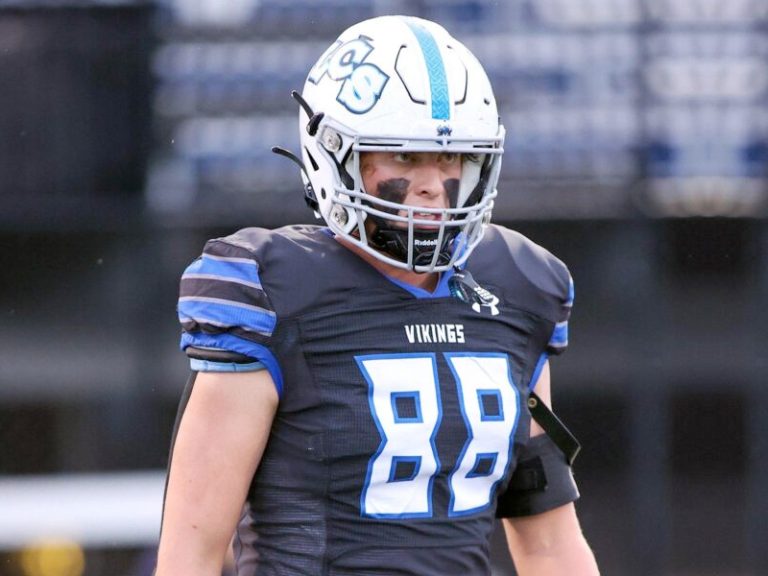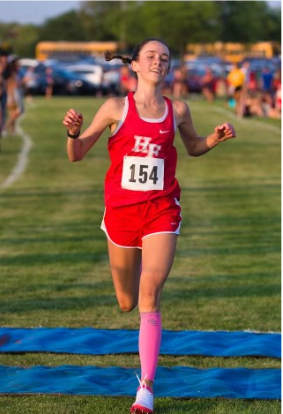
6 Anti-Inflammatory Foods Athletes Should Be Eating!
Training hard but not seeing results? Feeling sore all the time as a busy student-athlete or active adult? Check out these 6 foods that are scientifically proven to reduce inflammation!


Amenorrhea & Athletes: 3 Tips For Females to Get Their Period Back Relative energy deficiency in sport (RED-S) is the consequence of low-energy availability (LEA) in athletes, adversely affecting an athletes’ performance and health. RED-S can occur in both…

